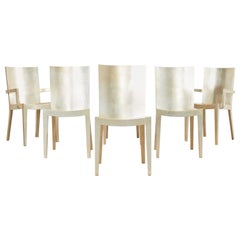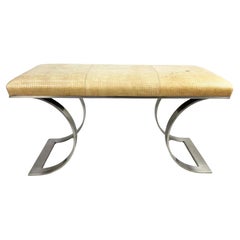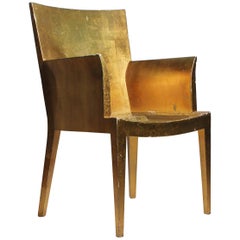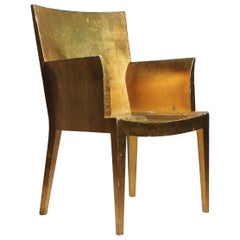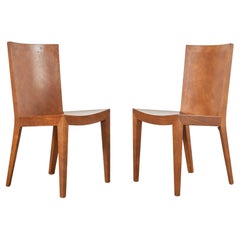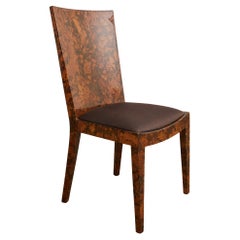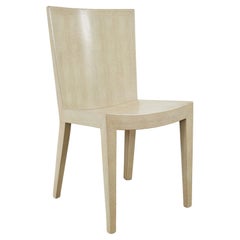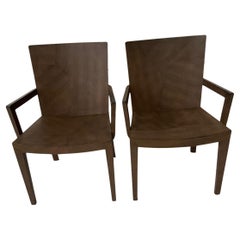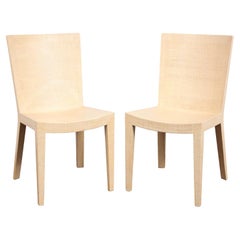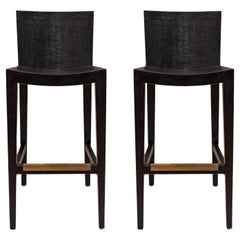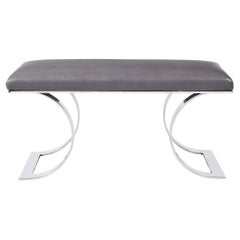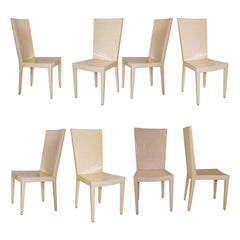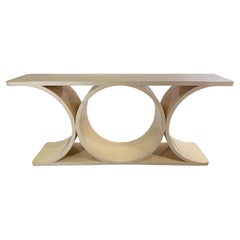Karl Springer Jmf
20th Century American Modern Dining Room Chairs
Silver Leaf
Vintage 1970s Mid-Century Modern Console Tables
Goatskin
Vintage 1970s American Mid-Century Modern Benches
Stainless Steel
20th Century American Mid-Century Modern Side Chairs
Wood
20th Century American Mid-Century Modern Side Chairs
Wood
20th Century American Modern Dining Room Chairs
Leather, Wood
20th Century American Modern Dining Room Chairs
Fabric, Wood, Burl
20th Century American Modern Chairs
Leather, Wood
Vintage 1980s American Mid-Century Modern Chairs
Leather, Wood
1990s American Modern Side Chairs
Raffia, Wood, Lacquer
Vintage 1980s American Modern Stools
Brass
Vintage 1970s American Mid-Century Modern Benches
Leather
Mid-20th Century Console Tables
Wood
Late 20th Century American Mid-Century Modern Stools
Brass
Late 20th Century North American Chairs
Wood, Driftwood, Paint
Recent Sales
Vintage 1980s American Mid-Century Modern Dining Room Chairs
Goatskin
2010s American Console Tables
Goatskin, Lacquer
2010s Side Tables
Goatskin
Vintage 1970s American Modern Dining Room Chairs
Vintage 1980s American Mid-Century Modern Chairs
Leather
Vintage 1970s American Benches
Stainless Steel
20th Century American Console Tables
Lacquer
Late 20th Century American Hollywood Regency Console Tables
Lacquer
1990s American Mid-Century Modern Side Chairs
Raffia, Wood
Late 20th Century American Post-Modern Benches
Brass
Vintage 1970s American Console Tables
Cast Stone
Vintage 1970s American Floor Lamps
Sandstone
Vintage 1980s American Modern Benches
Stainless Steel
Vintage 1970s American Mid-Century Modern Chairs
Stone, Brass
Vintage 1980s American Modern Armchairs
Goatskin, Lacquer
Vintage 1980s American Minimalist Benches
Stainless Steel
Late 20th Century American Art Deco Chairs
Goatskin
Vintage 1970s American Mid-Century Modern Benches
Brass
Vintage 1980s American Modern Side Chairs
Bone, Shagreen, Wood, Lacquer
Vintage 1970s American Mid-Century Modern Benches
Stainless Steel
Vintage 1980s American Modern Dining Room Chairs
Bone, Wood, Lacquer
Vintage 1970s American Mid-Century Modern Benches
Brass
Late 20th Century American Modern Chairs
Goatskin, Wood
Vintage 1970s American Mid-Century Modern Chairs
Upholstery, Wood, Shell
Late 20th Century Benches
Vintage 1970s American Mid-Century Modern Console Tables
Goatskin
Vintage 1970s American Mid-Century Modern Console Tables
Metal
Vintage 1970s American Chairs
Leather, Wood
Vintage 1970s American Chairs
Wood
Vintage 1980s American Modern End Tables
Silver Leaf
Vintage 1970s American Mid-Century Modern Benches
Brass
Vintage 1980s American Mid-Century Modern More Desk Accessories
Brass
Vintage 1970s American Floor Lamps
Vintage 1980s American Dining Room Chairs
Goatskin, Wood
Vintage 1970s American Mid-Century Modern Dining Room Chairs
Ultrasuede, Wood
20th Century American Modern Chairs
Wood, Lacquer
Late 20th Century American Side Chairs
Vintage 1970s American Mid-Century Modern Chairs
Goatskin, Wood
Vintage 1970s American Modern Stools
Goatskin
Vintage 1970s American Mid-Century Modern Chairs
Goatskin, Wood
Vintage 1970s American Mid-Century Modern Floor Lamps
Brass
Vintage 1970s American Mid-Century Modern Floor Lamps
Brass
Late 20th Century American Floor Lamps
Vintage 1980s Dining Room Chairs
Goatskin, Lacquer
Vintage 1970s American Modern Benches
Stainless Steel
Vintage 1980s American Mid-Century Modern Game Tables
Brass
Vintage 1980s Mid-Century Modern Dining Room Chairs
Goatskin, Velvet, Wood
Vintage 1980s American Modern Side Chairs
Wood, Animal Skin
Late 20th Century American Benches
Antique 1880s American Mid-Century Modern Chairs
Bone, Shagreen, Wood
Early 2000s American Modern Benches
Brass
Vintage 1970s American Mid-Century Modern Game Tables
Bronze, Pewter, Enamel
Vintage 1980s American Mid-Century Modern Floor Lamps
Brass
Vintage 1980s American Mid-Century Modern Chairs
Bone, Shagreen, Wood
Vintage 1980s American Modern Dining Room Chairs
Goatskin, Wood
Vintage 1980s American Mid-Century Modern Benches
Leather, Wood, Lacquer
Vintage 1980s American Modern Dining Room Chairs
Wood, Lacquer
People Also Browsed
Vintage 1960s French Mid-Century Modern Coffee and Cocktail Tables
Stainless Steel
2010s Mexican Brutalist Decorative Art
Wood
2010s Mexican Brutalist Contemporary Art
Wood
Vintage 1960s Italian Mid-Century Modern Shelves
Brass
Vintage 1970s French Mid-Century Modern Table Lamps
Leather
2010s Italian Modern Console Tables
Concrete
2010s American Bauhaus Table Lamps
Brass
2010s South African Modern Chairs
Steel
21st Century and Contemporary Vietnamese Modern Wall Mirrors
Metal
2010s American Modern Coffee and Cocktail Tables
Steel, Iron
21st Century and Contemporary French Brutalist Night Stands
Oak
Vintage 1950s Finnish Scandinavian Modern Chandeliers and Pendants
Metal, Brass
Early 2000s Italian Mid-Century Modern Chandeliers and Pendants
Brass
21st Century and Contemporary Italian Mid-Century Modern Wall Mirrors
Brass
Mid-20th Century Italian Mid-Century Modern Shelves
Bamboo, Cane, Rattan
2010s Italian Modern Lanterns
Brass
